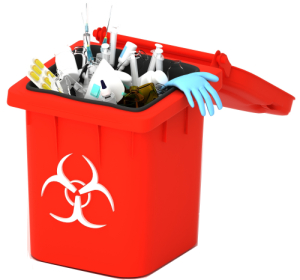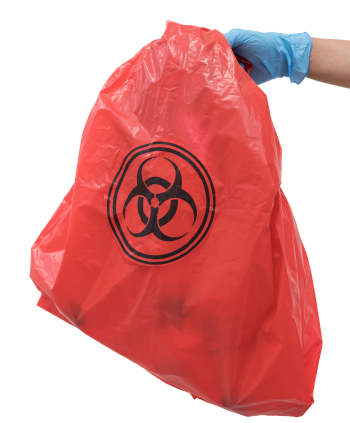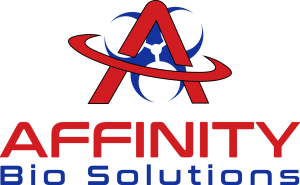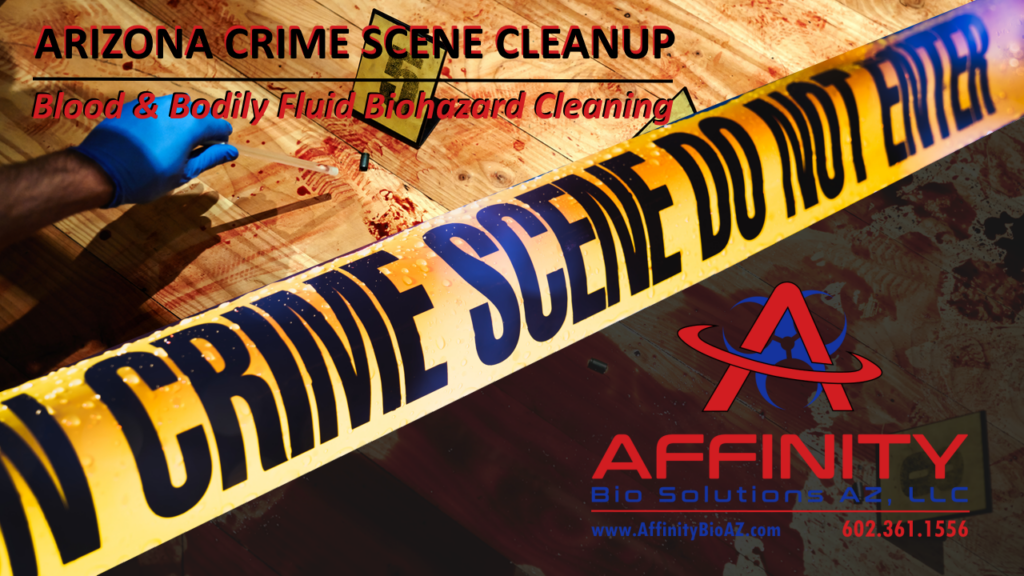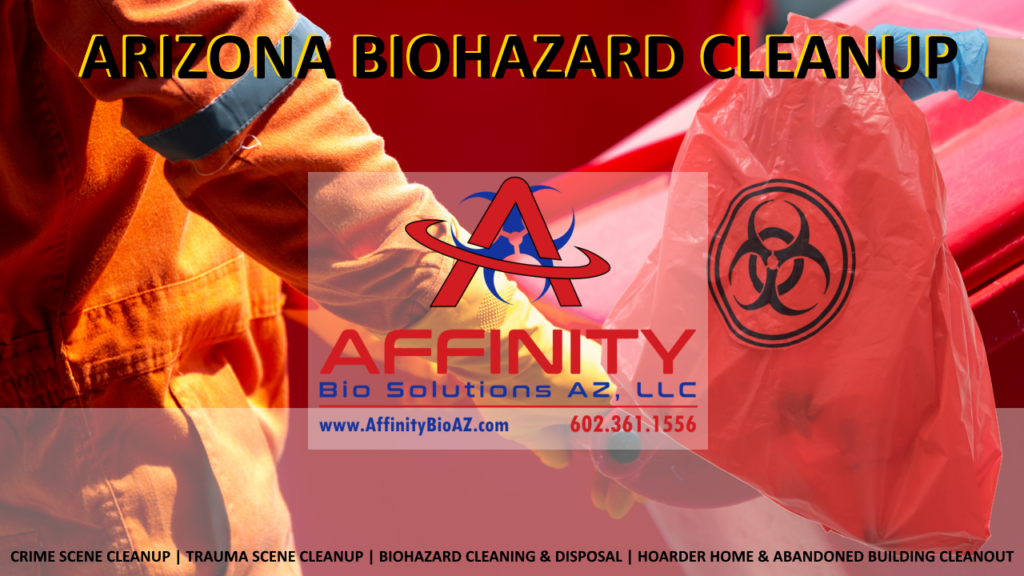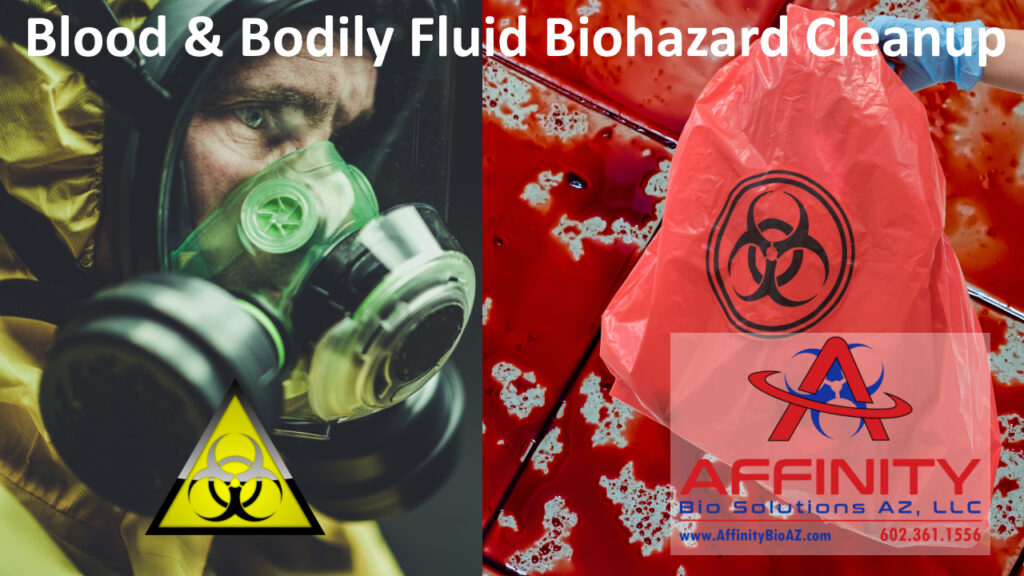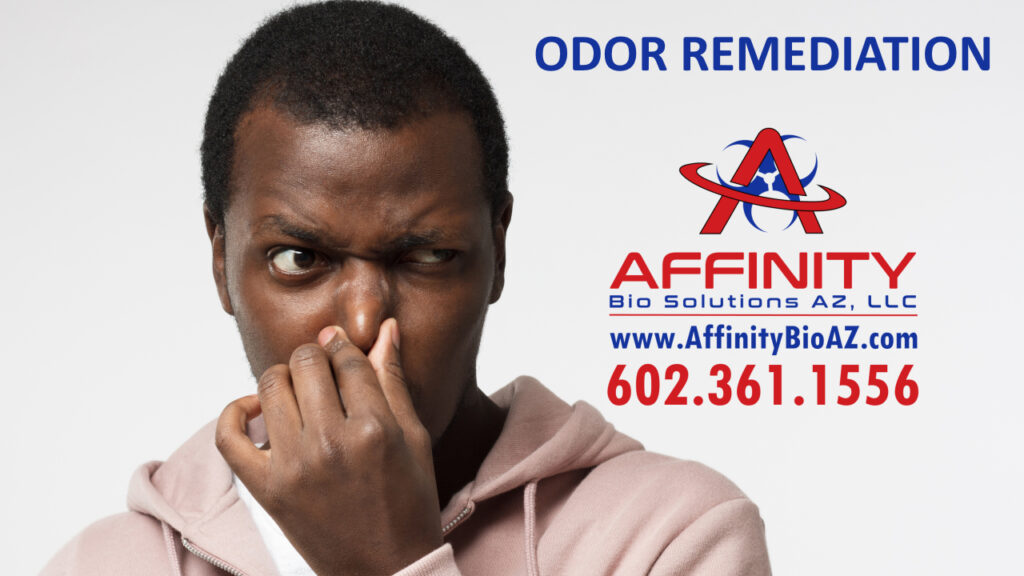BIOHAZARD CLEANUP SERVICES
Tailored to Your Needs
In the aftermath of a traumatic event, you shouldn’t have to re-traumatize yourself with cleanup. At Affinity Bio Solutions, we provide comprehensive biohazard cleanup services with care, professionalism, and attention to detail. Our experienced team understands the sensitive nature of these situations and is committed to helping restore safety and peace of mind with minimal disruption to your life.
Biohazard Cleanup & Biohazard Disposal
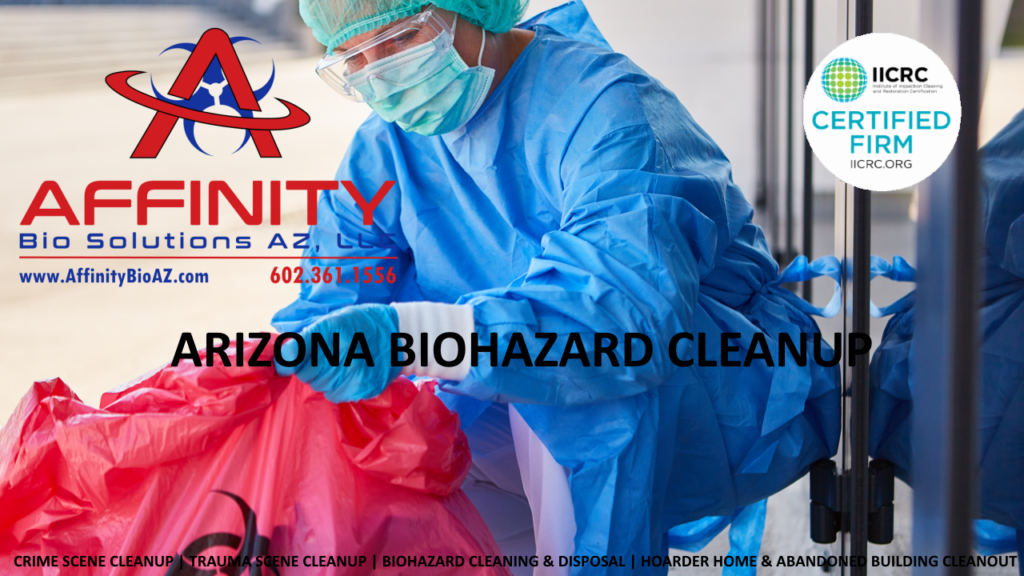
Professional, certified crime scene cleanup and trauma scene cleanup in Phoenix, Arizona, and Maricopa County, Arizona.
Biohazard cleanup and biohazard disposal in Maricopa County and the Phoenix, Scottsdale Arizona Valley.
Professional IICRC Certified blood & bodily fluid biohazard cleanup and blood borne biohazard cleaning and disposal.
Professional biohazard odor remediation and odor removal in Arizona including the Phoenix, Valley.
What Are Biohazards?
Biohazards can stem from various incidents, including crime scenes, unattended deaths, hoarding situations, medical accidents, and exposure to infectious agents. Regardless of the source, these hazardous materials require specialized handling to ensure proper disinfection and safe disposal in accordance with health and safety regulations.
Our team is trained and certified to handle biohazardous contaminants, using industry-approved techniques and state-of-the-art equipment to thoroughly clean and sanitize affected areas.
A Tailored Approach for Unique Situations
Every situation deserves its own unique approach to biohazard disinfection, and we customize our approach to meet the specific needs of each site. After assessing the space, we meticulously remove contaminated materials, disinfect surfaces with hospital-grade cleaning agents, and deodorize the area to eliminate lingering odors. We also take extra care to ensure compliance with local and federal regulations regarding biohazard waste disposal, giving you peace of mind that everything has been handled responsibly.
Compassionate and Discreet Service
Above all, we approach biohazard remediation services with compassion, understanding that our clients are often dealing with highly emotional or stressful circumstances. We provide discreet, respectful support throughout the entire process, always maintaining open communication and ensuring your specific concerns are addressed. Restoring your property to a safe, livable condition is our top priority, and we take pride in delivering results that exceed expectations.
Why Choose Affinity Bio Solutions?
Whether you’re dealing with a residential or commercial environment, you can trust Affinity Bio Solutions to handle biohazard removal and disinfecting, handling these materials with the utmost care and professionalism.
Our 24/7 availability ensures we’re ready to assist whenever you need us most. If you’re in need of biohazard cleanup services, reach out to our compassionate team today—your safety and well-being are our mission.
Arizona Biohazard Cleanup
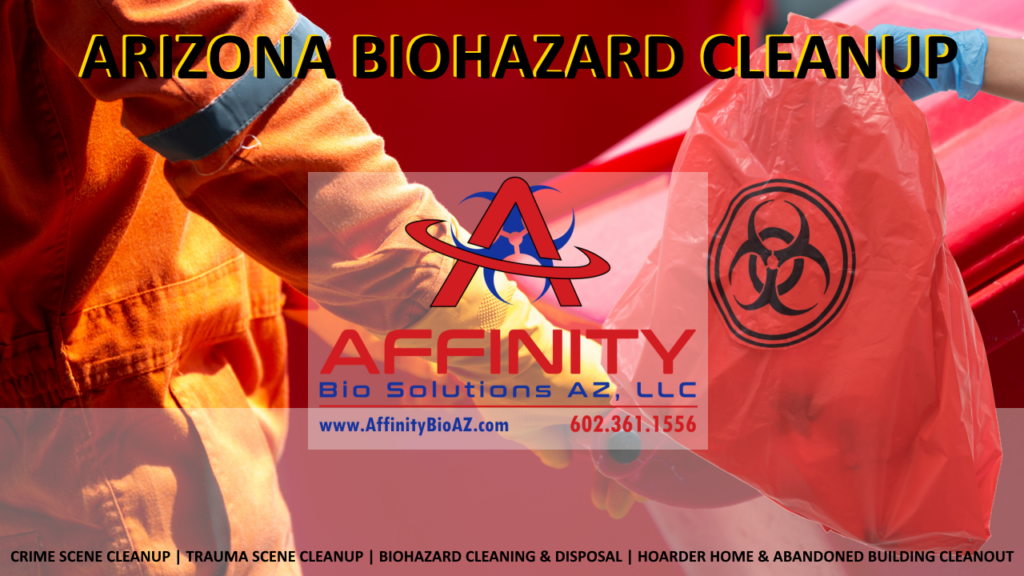
MARICOPA COUNTY ARIZONA
CRIME SCENE CLEANUP | BIOHAZARD CLEANING
If you need crime scene cleanup, trauma scene cleanup, biohazard cleanup and disposal, or death cleanup in Maricopa County, Arizona, you can trust Affinity Bio Solutions for IICRC Certified Biohazard and Crime Scene Cleanup and we are available 24/7 at our Emergency Biohazard Cleanup Line:
602-691-5096
Professional IICRC Certified Biohazard Cleanup & Biohazard Disposal Throughout The Phoenix, Arizona Valley
Biohazard Cleanup & Disposal in Phoenix, Arizona
